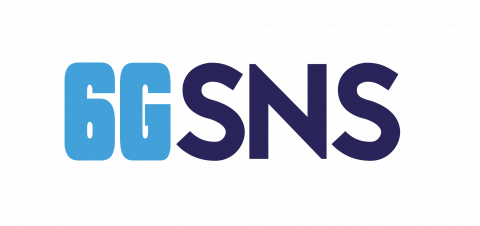Proposals & Ideas Overview
Resilient 5G Communication for Underground Emergency Response end user
Objective of Proposal Idea:
We would like to join a proposal as end users. We aims to revolutionize emergency response in underground environments (e.g., tunnels, subways) by deploying a resilient 5G network using leaky feeder cables and portable 5G standalone technology. This solution addresses critical connectivity gaps during disasters, enabling reliable communication for first responders and trapped individuals. Key innovations include AI-driven network optimization, mission-critical MCX services, and IoT-based device detection. The project seeks validation in large-scale testbeds and collaboration with SNS-JU partners to enhance scalability, interoperability, and standardization for 6G-ready emergency networks.
Lock-free, Ultra-fluid, Continuum-spread, ultra-fast and vetted Orchestration of highly-demanding 6G services (e.g., extreme and massive URLLC)
Objective of Proposal Idea:
Develop techniques to magnify secure service fluid deployment over the continuum, removing all security-associated lock-ins and furthering run safely everywhere at the best fitted locations. Articulate the proposal over lightweight containerization techniques and WASM. Develop sustainable, ultra fast AI and blockchain-powered 6G orchestration, taking advantage of the extended range of possible payload execution locations (based on various metrics of latency, sustainability and trust). Reduce AI orchestration inference and blockchain based location SLA validation latencies. Further the concept of secured execution everywhere, in whatever untrusted environments. Reconcile remote attestation and ultra fast service instantiation thanks to novel techniques incl D-MUTRA blockchain-based[...]
- 6G Core Networks
INVENT-ORY
Objective of Proposal Idea:
This project designs postage stamp size passive 5G RFID battery-less tags with autonomously navigated 5G IoT terminal scanners allowing ultra-low power/unattended operation in 5G networks. This research project aims to develop an autonomous robot equipped with an RFID terminal scanner that can navigate a warehouse and autonomously scan passive RFID tags attached to all stock items. Each product will be assigned a passive custom frequency RFID tag, allowing the robot to identify and count inventory in real time. Since the RFID tags are passive they do not require batteries to power them but instead gather energy from radio environment before[...]
- 6G Access Networks
- Factories Sector solutions
- Vertical Sector Applications






